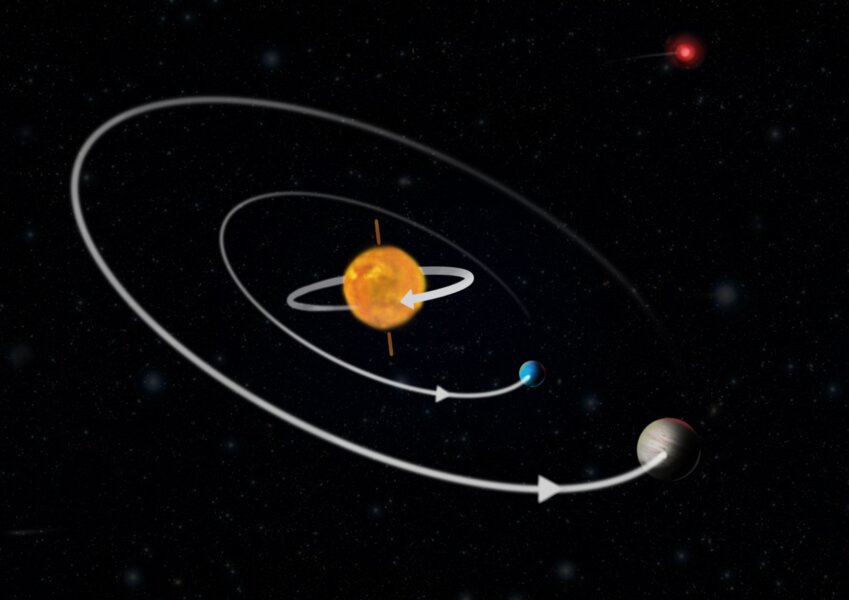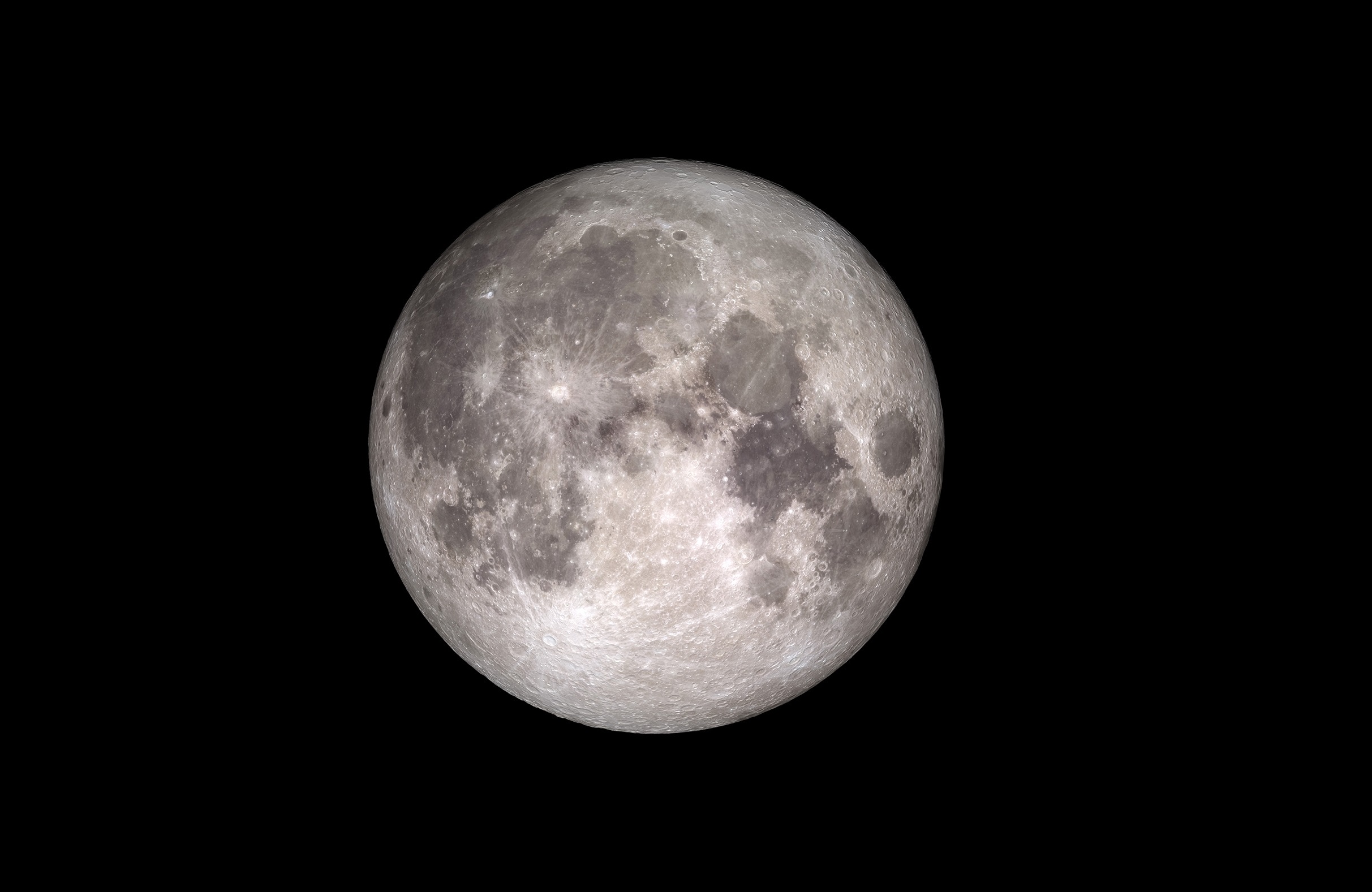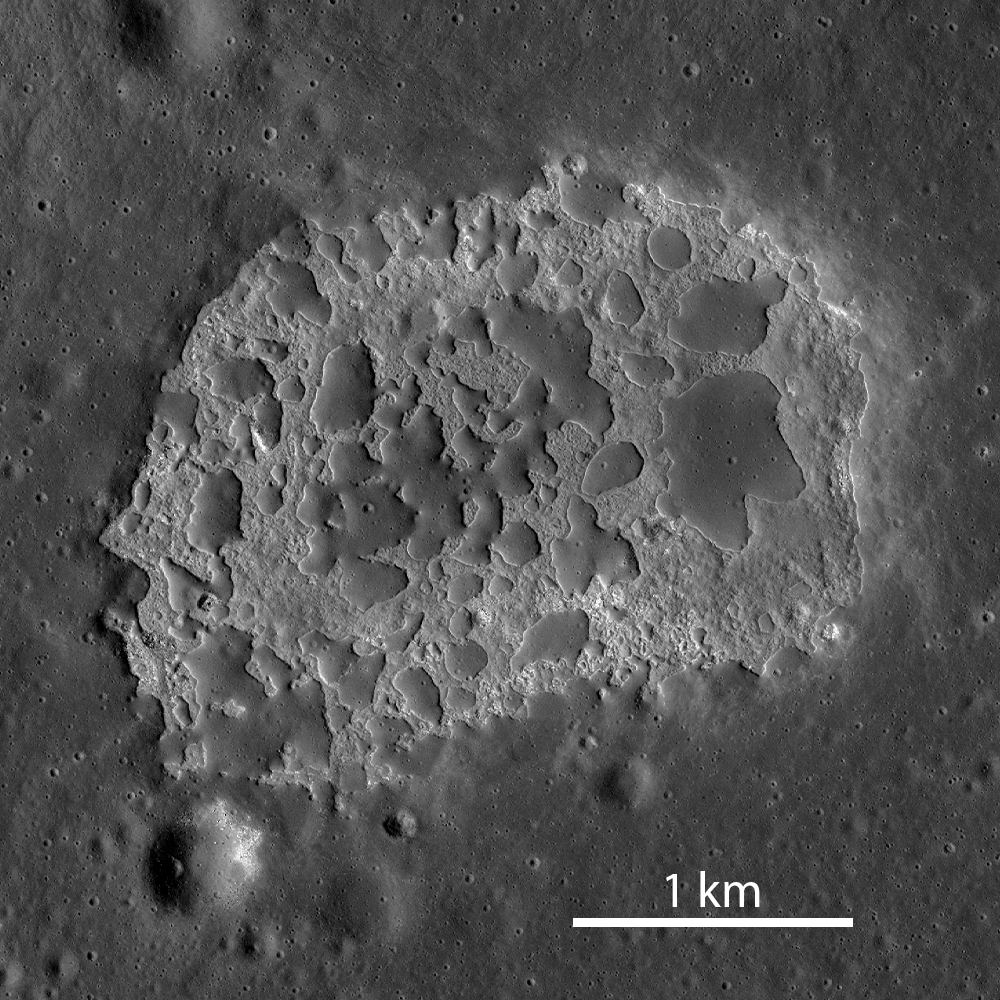It’s just like a normal solar system…except completely backwards.
Continue reading “This Exoplanetary System Breaks all the Rules”This Exoplanetary System Breaks all the Rules


It’s just like a normal solar system…except completely backwards.
Continue reading “This Exoplanetary System Breaks all the Rules”
During the Apollo Era, one of the most important operations conducted by astronauts was sample-returns, where lunar rocks were procured and brought back to Earth. The study of these rocks revealed a great deal about the composition, structure, and geological history of the Moon. This led to profound discoveries, including the presence of water on the Moon and the fact that both Earth and its only satellite formed together.
Over time, scientists have taken advantage of new techniques and technology to conduct more in-depth analyses to learn more about the formation and evolution of the Moon. Recently, a team of researchers from Brown University and the Carnegie Institution for Sciences (CIS) examined some of these samples for sulfur isotopes to shed new light on the early history of the Moon and its evolution.
Continue reading “Apollo Rocks Reveal the Moon’s Early History”
Regions of the Moon known as irregular mare patches – formed by magma cooling from a volcanic eruption – have almost no big craters, indicating that they must be relatively young. By studying the distribution of craters within them, we can estimate when these regions were formed: no more than 100 million years ago.
Continue reading “The Most Recent Volcanic Activity on the Moon? Just 100 Million Years ago”
In the very earliest moments of the big bang, the universe experienced a period of rapid expansion known as inflation. That event planted the seeds that would eventually become galaxies and clusters. And now, a recent set of simulations is able to show us how that connection worked.
Continue reading “New Supercomputer Simulations Will Help pin Down Inflation”
How can you possibly use simulations to reconstruct the history of the entire universe using only a small sample of galaxy observations? Through big data, that’s how.
Continue reading “Simulations of the Universe are Getting Better and Better at Matching Reality”In the past two and a half decades, astronomers have confirmed the existence of thousands of exoplanets. In recent years, thanks to improvements in instrumentation and methodology, the process has slowly been shifting from the process of discovery to that of characterization. In particular, astronomers are hoping to obtain spectra from exoplanet atmospheres that would indicate their chemical composition.
This is no easy task since direct imaging is very difficult, and the only other method is to conduct observations during transits. However, astronomers of the CARMENES consortium recently reported the discovery of a hot rocky super-Earth orbiting the nearby red dwarf star. While being extremely hot, this planet has retained part of its original atmosphere, which makes it uniquely suited for observations using next-generation telescopes.
Continue reading “Gliese 486b is a Hellish World With Temperatures Above 700 Kelvin”For decades scientists have believed that an asteroid impact event ended the era of the dinosaurs 66 million years ago. Now, analysis from the crater site itself seals the deal: the same elements that were deposited around the world from the impact have been found inside the crater itself.
Continue reading “Dust in the Chixalub Crater Makes the Compelling Case That an Asteroid Wiped out the Dinosaurs 65 Million Years ago”Solar physicists have been having a field day of late. A variety of missions have been staring at the sun more intently ever before (please don’t try it at home). From the Parker Solar Probe to the Solar Orbiter, we are constantly collecting more and more data about our stellar neighbor. But it’s not just the big name missions that can collect useful data – sometimes information from missions as simple as a sounding rocket make all the difference.
That was the case for a group of scientists focused on the Sun’s chromosphere, the part of the suns’ atmosphere between the photosphere and the corona that is one of the least understood parts of the star. Now, with data collected from three different missions simultaneously, humanity has its first layered view of how the sun’s magnetic field works in this underexplored zone.
Continue reading “Space Missions are Building Up a Detailed Map of the Sun’s Magnetic Field”The University of Colorado Boulder and Lunar Resources Inc. have just won NASA funding to study the possibility of building a radio telescope on the far side of the Moon. The project, called FarView, would harvest building materials from the Lunar surface itself, and use robotic rovers to construct a massive, intricate network of wires and antennas across 400 square kilometers. When complete, FarView would allow radio astronomers to observe the sky in low-frequency radio wavelengths with unprecedented clarity.
Continue reading “NASA is Considering a Radio Telescope on the Far Side of the Moon”
Glaciologists have been closely monitoring ice shelves in Antarctica for signs of cracks and chasms that indicate breakups. The loss of ice around the Earth’s polar regions is one of many consequences of climate change, which is leading to rising ocean levels and various feedback mechanisms. Recently, the ESA’s Copernicus Sentinel-1 satellite witnessed a giant iceberg breaking off from Antarctica’s Brunt Ice Shelf on February 26th.
The Copernicus Sentinel mission consists of two polar-orbiting satellites that rely on C-band synthetic aperture radar imaging to conduct Earth observations in all weather conditions. In recent years, it has been monitoring the Brunt Ice Shelf for signs of cracks and chasms. According to the images it recently captured, an iceberg larger than New York City broke free and began floating out to sea.
Continue reading “Another Big Iceberg Just Broke off from Antarctica”